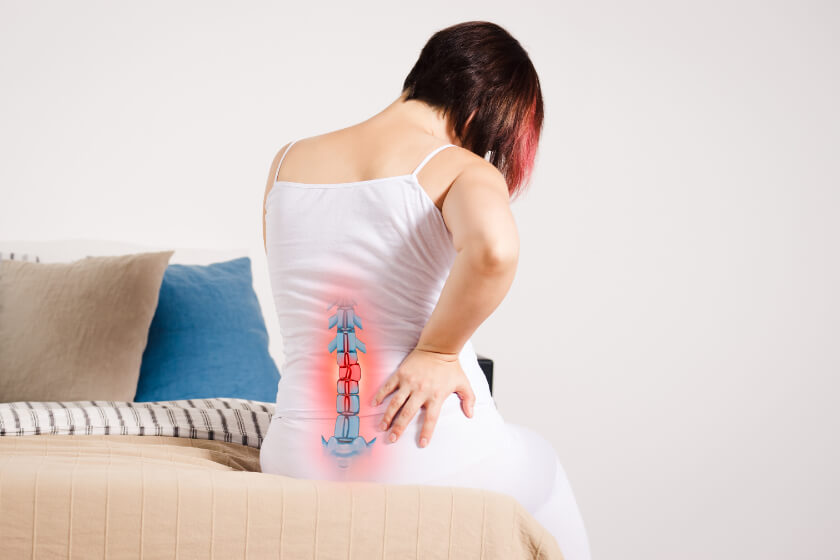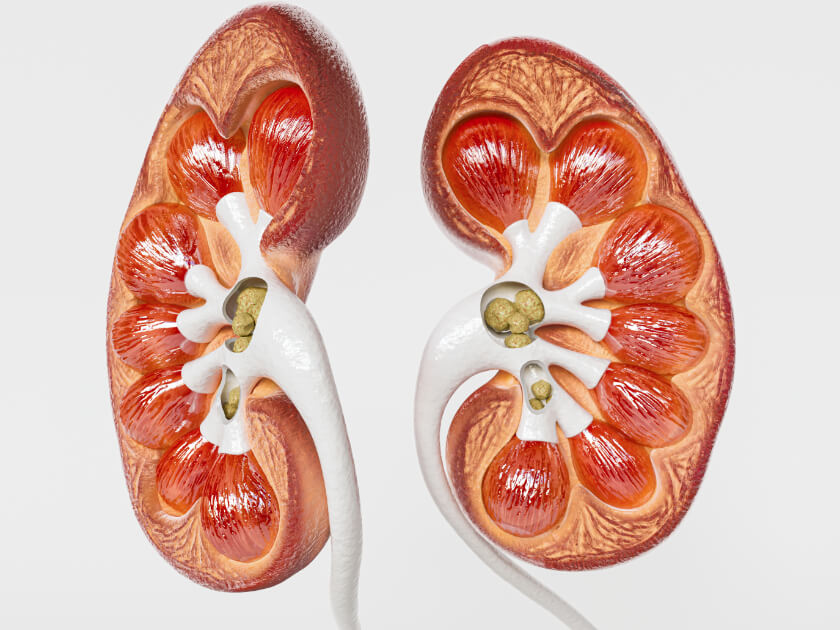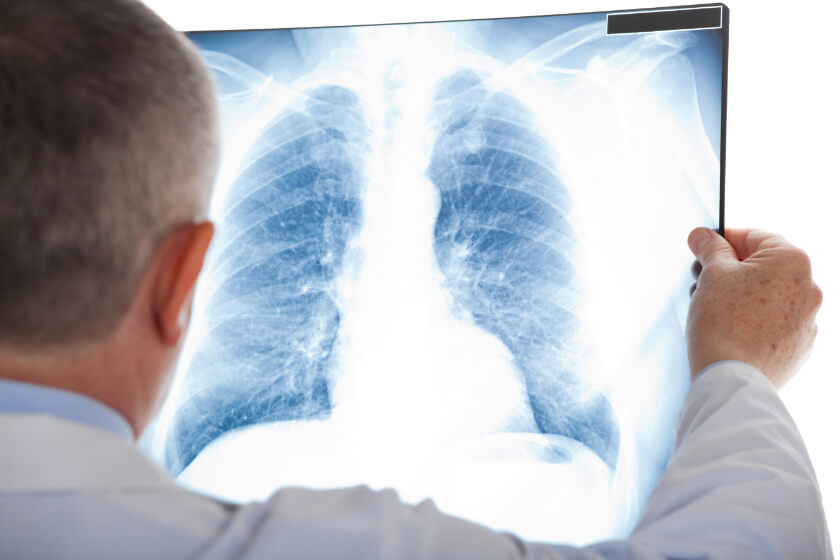

What is Degenerative Disc Disease?

Degenerative disc disease is not actually a disease, but rather a group of conditions that affects the joint of the spine. Most common in older adults, degenerative disc disease can cause pain and reduce mobility. Fortunately, doctors can detect and treat these conditions to alleviate discomfort and improve mobility.
About Degenerative Disc Disease
Degenerative disc disease affects the rubbery discs that cushion the bones of your spinal column, known as vertebrae. These discs act like shock absorbers and prevent your vertebrae from grinding against one another as you move, bend, and twist your body. They also prevent the bones of your spine from pressing against the nerve roots, which are the nerves that exit your spinal cord through tiny spaces between your vertebrae and branch out to the rest of your body.
When we are young, our discs are thick and rubbery, so they do a good job of helping us move freely and without pain. As we grow older, though, our spinal discs can begin to break down – or degenerate – as a natural and normal part of aging. When the cushioning discs begin to degenerate, the bones of the spine can rub together to cause pain associated with osteoarthritis. Other problems may develop, such as:
- Adult scoliosis, a condition in which the spine curves
- Herniated disk; also known as a slipped, ruptured, or bulging disc
- Spinal stenosis, a condition in which the spaces around your spine narrow
- Spondylolisthesis, a condition in which your vertebrae move in and out of place
In some cases, the degenerated disc can allow the vertebrae or swollen tissue to pinch nearby nerves to cause weakness or numbness in the arms or legs.
Most people have degenerative disc disease by the time they are 40, according to the Arthritis Foundation, but people with degenerative disc disease may not always experience pain, mobility problems, or other issues associated with the condition.
Causes of Degenerative Disc Disease
Degenerative disc disease develops when one or more spinal discs begin to wear down. A number of factors can contribute to the breakdown of the discs, including:
- Drying out of the disc over time
- Tears in the outer portion of the disc occurring as the result of sports or everyday activities
- Injury – discs receive very little blood supply and therefore cannot repair themselves once injured; leaving the disc in a state of disrepair allows the rubbery material of the disc to degenerate
Symptoms of Degenerative Disc Disease
The symptoms of degenerative disc disease usually affect the neck or low back, and include pain, tingling, or numbness.
The pain may:
- Range in severity from mild or non-existent to severe or disabling
- Extend to your arms and hands, if the affected disc is in your neck or upper back
- Radiate to your buttocks and thighs, if the affected disc is in your lower back
- Come and go
- Worsen when you are sitting, or after bending, lifting or twisting
- Cause weakness in the leg muscles or result in foot drop, both of which may be signs of damage to the nerve root
Diagnosis and Treatment of Degenerative Disc Disease
To determine if you have degenerative disc disease, your doctor will review your medical history and perform a physical exam. Your doctor may also order imaging, such as x-rays, a magnetic resonance imaging scan (MRI) or computed tomography (CT) scan. This imaging creates detailed images of the discs and bony structures in your spine, which can help your doctor diagnose the source of your symptoms.
Treatment for degenerative disc disease often focuses on strengthening the muscles that support your back, and on alleviating any symptoms or mobility issues you may have. Treatment may include:
- Physical therapy that may include deep tissue massage, spinal traction, and various exercises that improve flexibility, core stability, strength, and range of motion
- Nonsteroidal anti-inflammatory drugs (NSAIDs), such as ibuprofen, naproxen sodium, or pain relievers like acetaminophen
- Injections of corticosteroids into the disc space; this treatment reduces inflammation around the nerves and spinal cord
- Surgery in the most severe cases; may include artificial disc replacement or spinal fusion
Depending on the severity of your symptoms or mobility issues, you may be able to address the effects of degenerative disc disease at home. Self-treatment may include:
- Heat and cold therapy
- Performing physical therapy exercises at home
- Modifying those activities that aggravate your back without adopting a sedentary lifestyle
- Stopping smoking
- Maintaining a healthy weight
For more information on degenerative disc disease, or to find out if you have this condition, consult with your doctor. Undergoing some simple diagnostic tests can help your doctor determine if degenerative disc disease is the underlying cause of your pain or mobility issues, and treatment can help greatly improve the signs and symptoms of degenerative disc disease.





